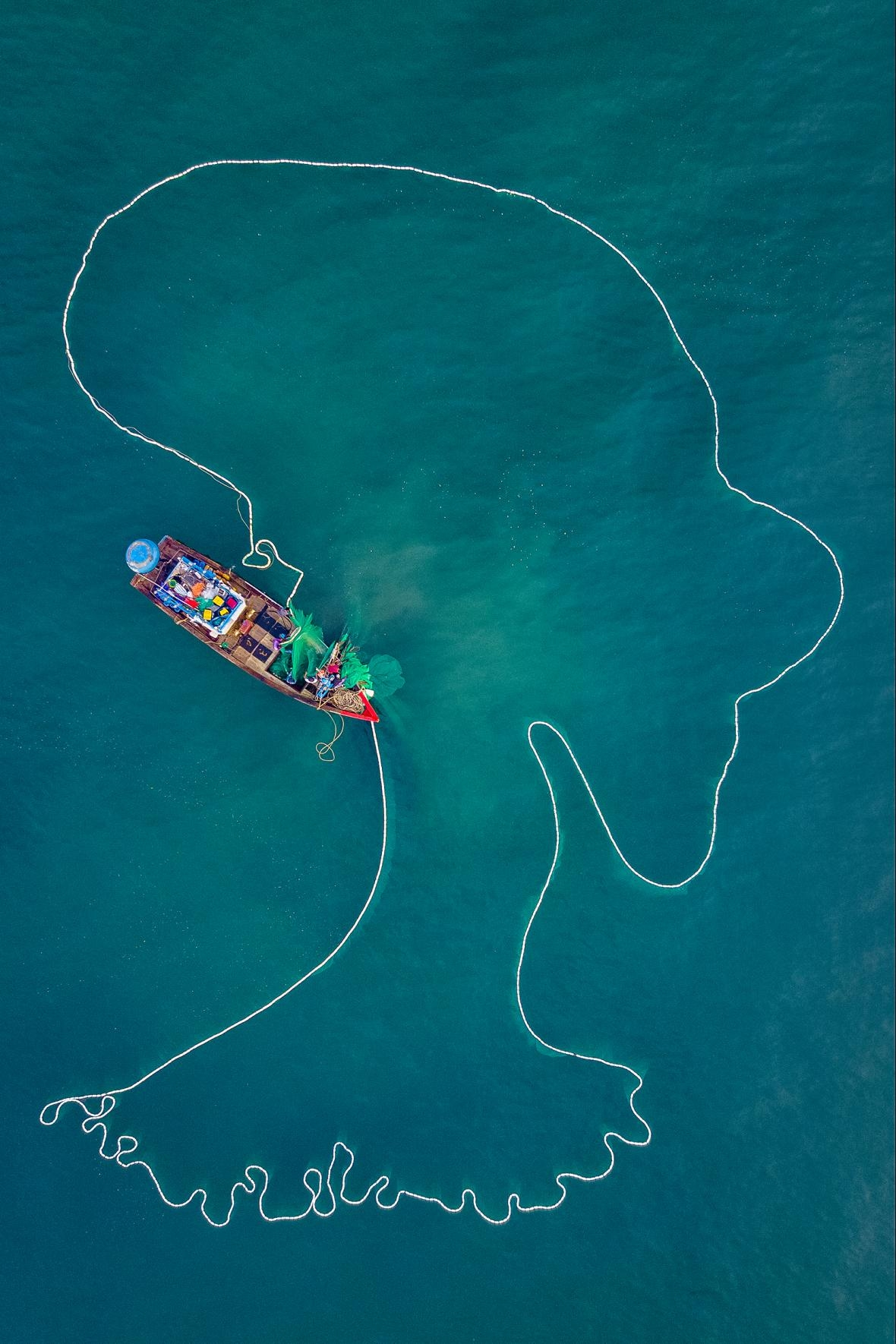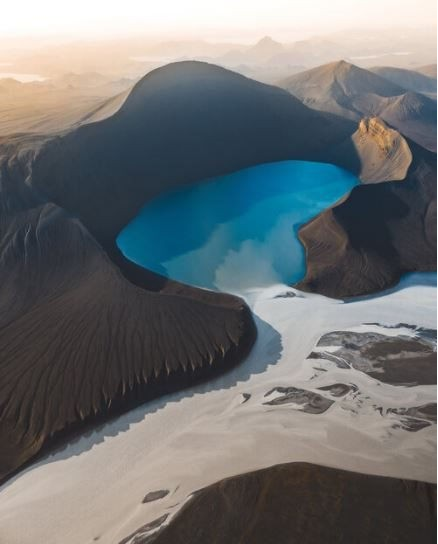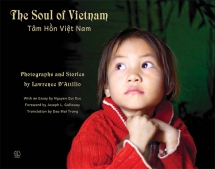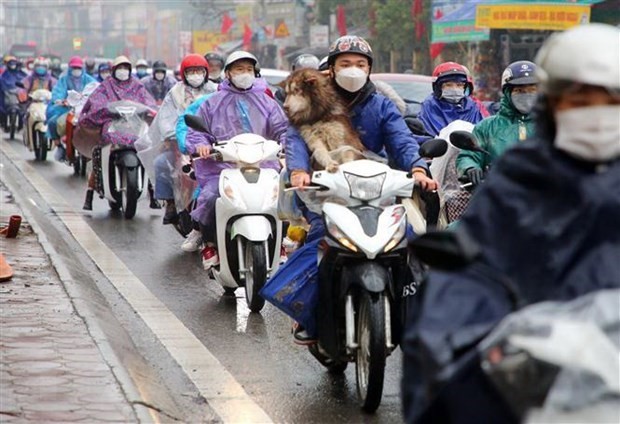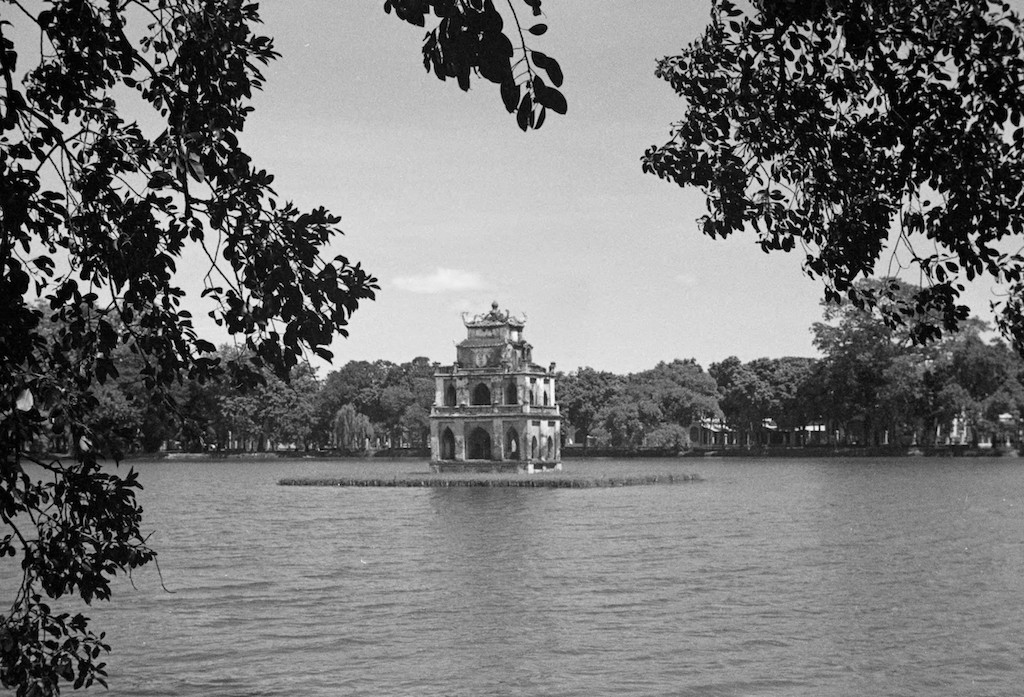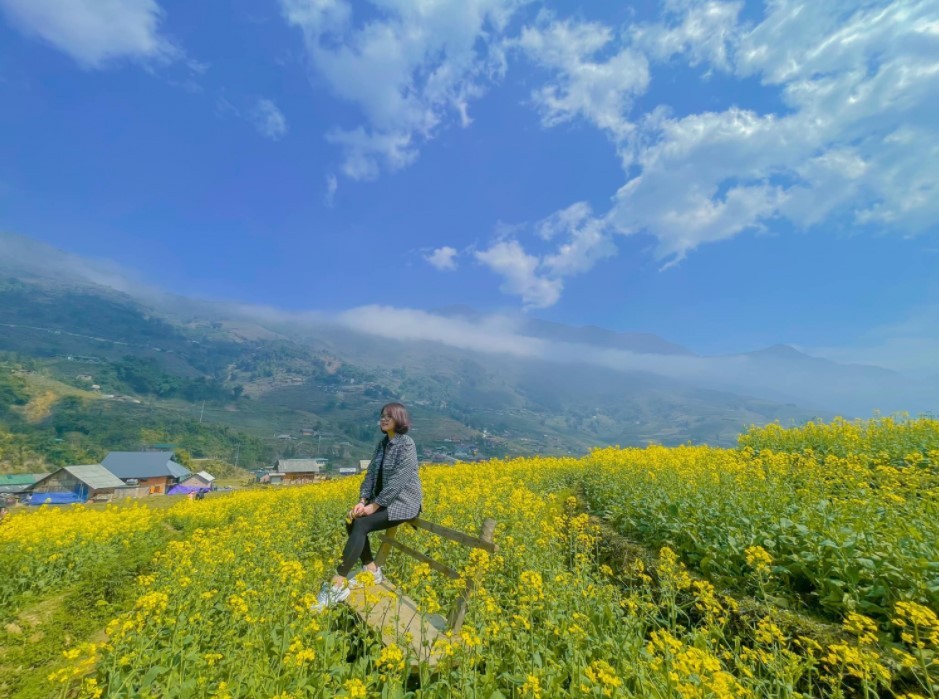Hanoi in wartime recorded by a German photographer
Thomas Billhardt began learning photography from his mother since he was 14. Afterward, he studied at the Technical School of Applied Art in Magdeburg until 1957. The extensive achievement of Thomas Billhardt is the raising of awareness by demonstrating the suffering resulting from war in his photographs of war regions and crisis regions to the general public. He became world-famous with his photographs of the Vietnam War in the 1960s.
According to Camera Work, numerous international exhibitions appreciate this successful aspiration of Thomas Billhardt. In London, Moscow, Beirut, Hanoi, Florence, Paris as well as in many other cities the photographs were and are issued as a testimony and as an important part of the German history of photography. In 1988, his works were also part of the UNICEF exhibition "Children of the World" in New York. Some years later, UNICEF and Thomas Billhardt continued their cooperation, Thomas Billhardt accompanying several projects in Asia with his camera.
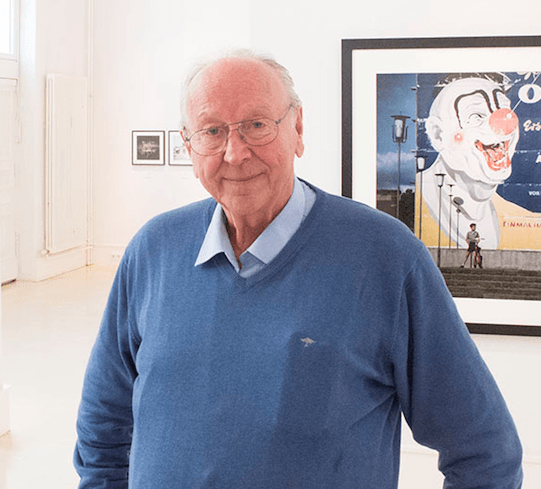 |
| Thomas Billhardt. (Photo: Camera Work) |
When he first came to Vietnam in 1967, Billhardt considered it a big moment in his life and the first time he truly understood the role of a photojournalist. “At that time, Billhardt was well aware that was not a trip to take photos or to gather materials, he would also have to stand up for rights,” said Wilfried Eckstein, director of Goethe Institute in Hanoi. “Billhardt set out his duty of not only bringing back photos but also things that his heart received in Vietnam.”
The photos Billhardt took in Vietnam of the destruction of the war awakened many people in Europe to the grim reality, Eckstein said.
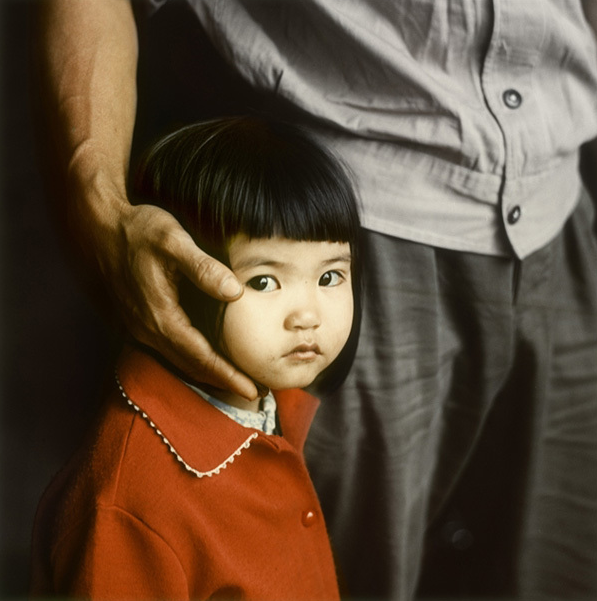 |
| Cover of the photobook titled Hanoi 1967-1975 by Thomas Billhardt. (Photo: Vietnamnet) |
 |
| Hong Ly, a soldier that Billhardt met on a trip to Vietnam. (Photo: Thomas Billhardt) |
Tran Ngoc Quyen, a former Charge d’ Affaires of the Vietnamese Embassy in Germany, said Billhardt was a person with a deep love for the Vietnamese country and people. Quyen said he met the photographer at the Vietnamese Film Week in Berlin in 2000 when Billhardt came to the launching ceremony of the German documentary Iced Lemonade for Hong Ly.
On one of his trips to Vietnam, Billhardt came to the central province of Quang Binh, where he met a female volunteer soldier named Hong Ly. He asked the volunteer about her desire when the war ended. Ly replied: "I just want to visit Hanoi and have a glass of lemonade." Inspired by the answer, Billhardt made a documentary on her. “Billhardt had so much feeling for his characters,” Quyen recalled.
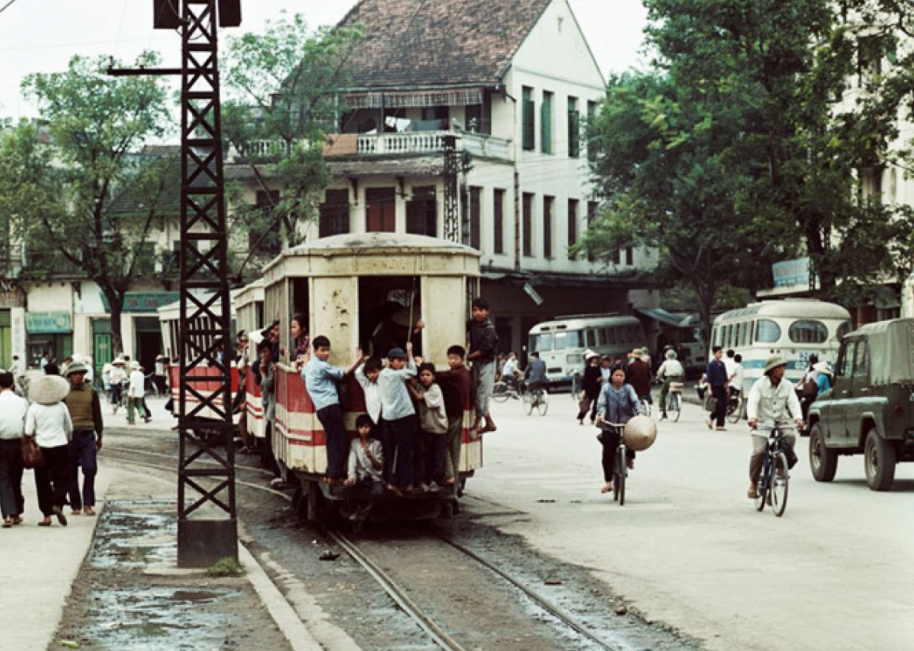 |
| Photo: Lao Dong |
 |
| Photo: Lao Dong |
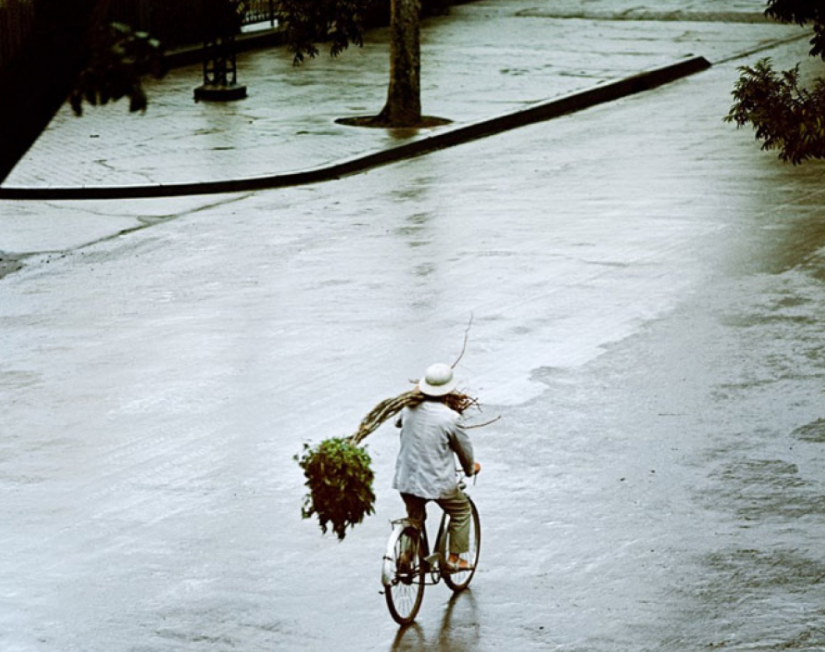 |
| Photo: Lao Dong |
In 1999, Billhardt decided to search for characters in the photos he took during the war. He worked with the Ministry of Culture, Sports, and Tourism to host an exhibition of 40 big photos at Dong Kinh Nghia Thuc Square in downtown Hanoi.
Quyen said Billhardt then told him many people came to see the photos, where some of them saw their neighbors and friends. Many of them came to see Billhardt. Some of those he photographed worked as businessmen and army officers but all had stable lives after the war. Whenever he had the chance to visit Vietnam, Billhardt would visit or send regards to those he had photographed, Quyen said.
Among his thousands of photos taken in Vietnam, Billhardt was struck most by the image of a grandmother crying by her nephew’s corpse he took in October 1972. The boy died after a bombing run by the Americans.
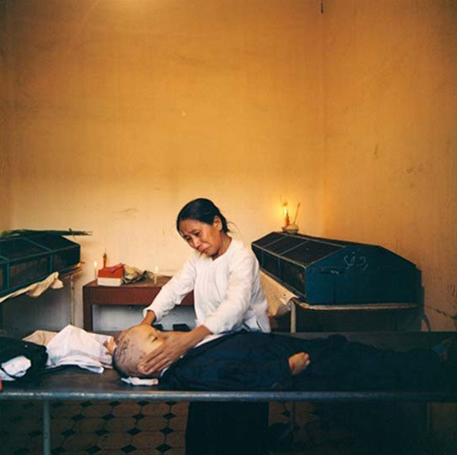 |
| A photo featuring a grandma cried by her grandchild's corpse. He died in the last bombing by Americans in Hanoi. (Photo: Vietnamnet) |
 |
| Photo; Vietnamnet |
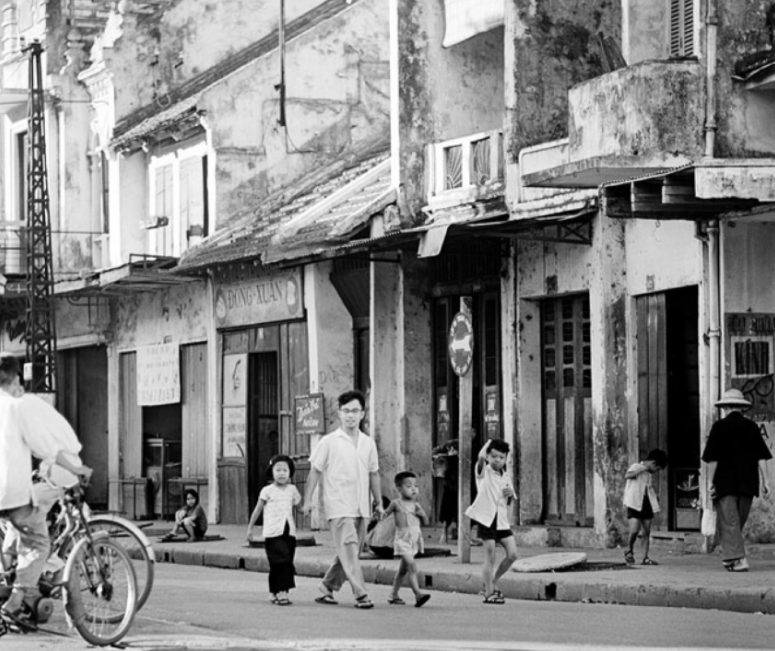 |
| Photo; Vietnamnet |
“I don’t want to take photos of the dead or destructions in the war to be famous then,” Billhardt recalled. “But I cannot do anything else but take photos. I cried at that time. I talked to the grandmother. She did not understand what I said. I told her that I will publish the photo millions of times to let the whole world know about the war in Vietnam."
"In 1999, when I displayed the photo at Dong Kinh Nghia Thuc Square in Hanoi, a man full of emotions in his face came to meet me. Thanks to my interpreter, I knew that he was the father of the dead boy," Billhardt said. The man invited Billhardt to his house, where he had displayed the same photo he had cut from a German magazine that a friend sent him from Germany.
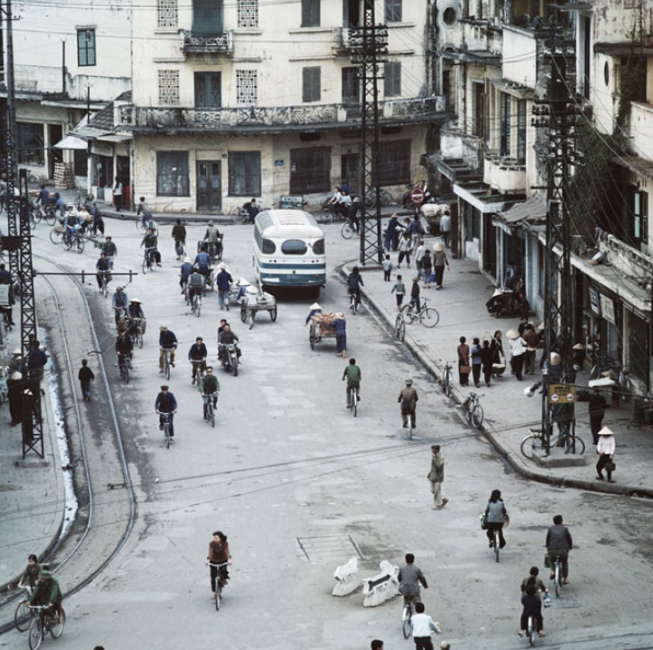 |
| Photo: Vietnamnet |
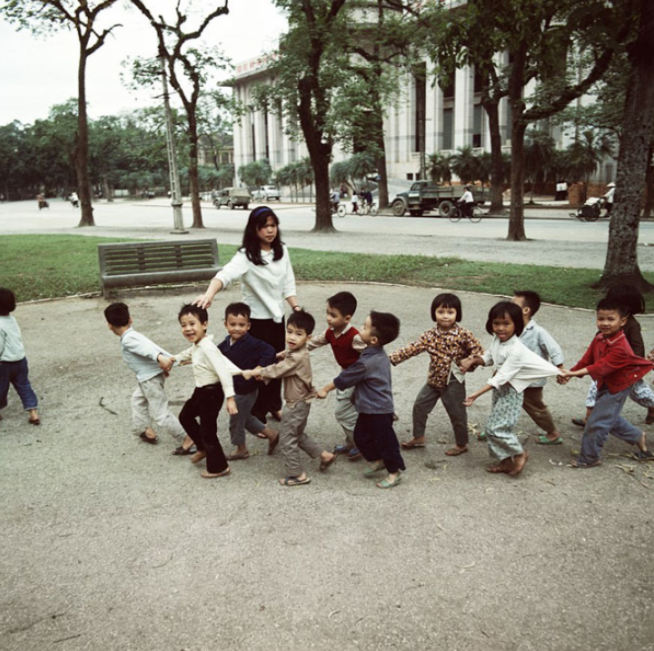 |
| Photo: Vietnamnet |
“My duty now is to continue to display photos on Vietnam,” Billhardt said. “I hope more audience will see my old and new photos on Vietnam, understand Vietnam and love Vietnam like me. I have met warm and hard-working Vietnamese people. I want to spread my impression to the whole world.”
Billhardt has traveled to Bangladesh, China, Chile, Guinea, Indonesia, Cambodia, Lebanon, Mozambique, Nicaragua, the Philippines, and the former USSR. “I experienced the joys and sorrows of people from gas mines in the USSR and battles in Vietnam,” he said.
Billhardt came to Hanoi for the first time in 1967 after stopping in Moscow, Irkutsk, Beijing, and Nanning, when he worked as a freelancer for Heynowski & Scheumann Independent Documentary Studio.
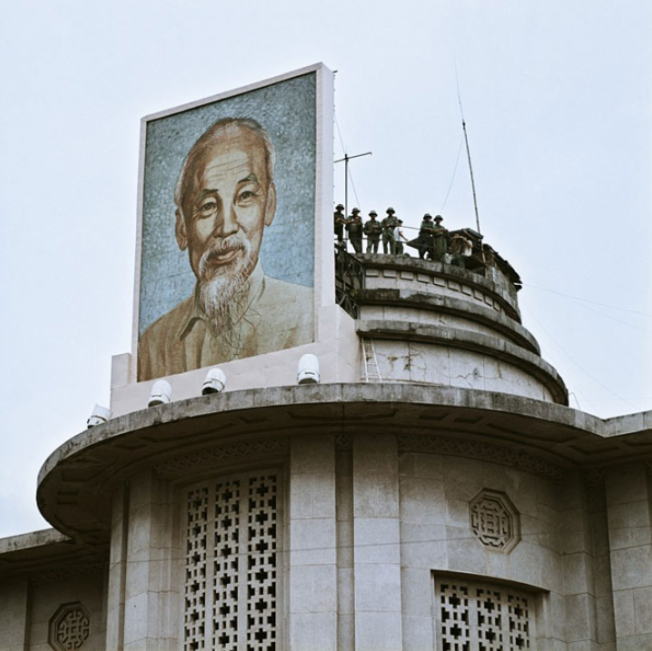 |
| Photo: Vietnamnet |
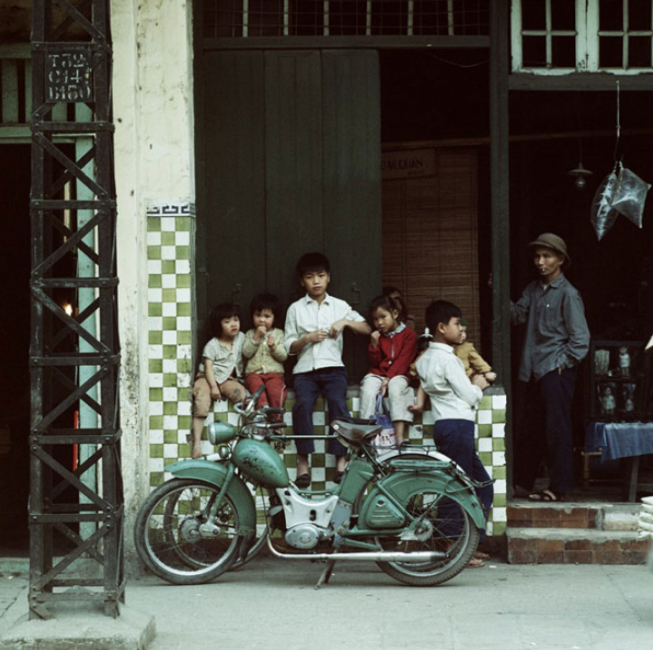 |
| Photo: Vietnamnet |
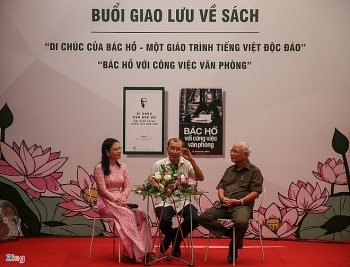 | Ho Chi Minh City book street sets summer vibe with diversities of activities After a long halt due to the Covid-19 pandemic, Ho Chi Minh City's Book Street is full of joy again with a plenty of cultural ... |
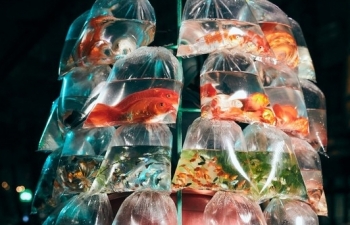 | Hanoi street fish seller photo won Smithsonian photography award The photo capturing a street fish tank hanging on a fishmonger's motor in Hanoi has surpassed tens of thousands of other competitors to win the ... |
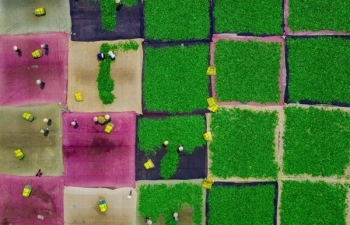 | Two Vietnamese photographers’ snapshots among int’l shortlists Two spectacular aerial photos taken by Vietnamese photographers have made their way to the final round of the 2020 Sony World Photography Award. |
Recommended
 Handbook
Handbook
Vietnam Moves Up 8 Places In World Happiness Index
 Handbook
Handbook
Travelling Vietnam Through French Artist's Children Book
 Multimedia
Multimedia
Vietnamese Turmeric Fish among Best Asian Dishes: TasteAtlas
 Handbook
Handbook
From Lost to Found: German Tourist Thanks Vietnamese Police for Returning His Bag
Popular article
 Handbook
Handbook
Prediction and Resolution for the Disasters of Humanity
 Handbook
Handbook
16 French Films To Be Shown For Free During Tet Holiday In Vietnam
 Handbook
Handbook
Unique Cultural and Religious Activities to Welcome Year of the Snake
 Handbook
Handbook

